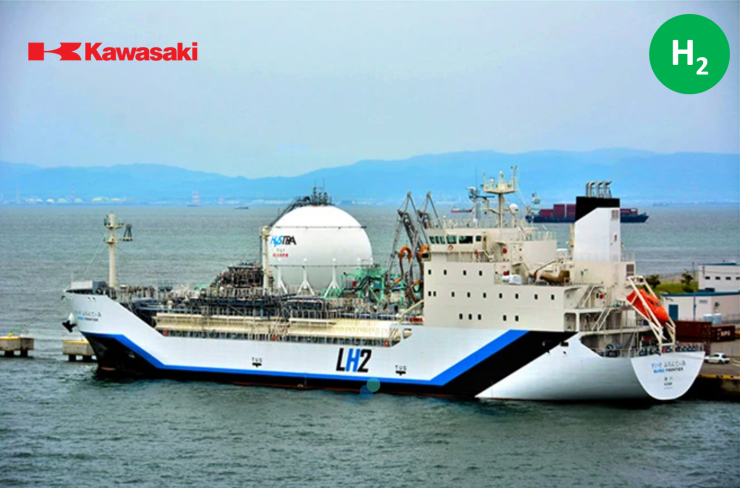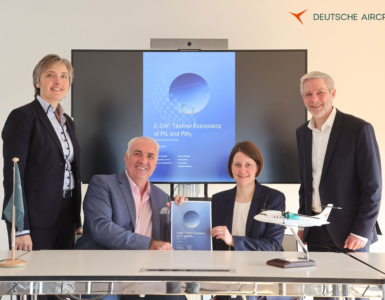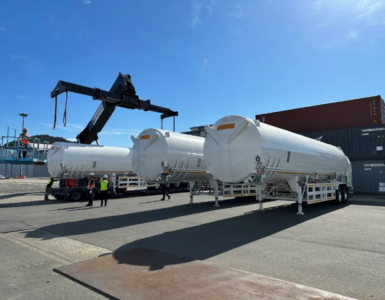Kawasaki Heavy Industries Ltd, a pioneer in transporting liquefied natural gas (LNG), has now developed the world’s first tanker for liquefied hydrogen.
The new technology, along with tanks the company developed to store liquefied hydrogen as rocket fuel, is expected to be used for the government’s goal of having hydrogen and ammonia serve as the fuel for 10 percent of electric power generation by 2050. It is part of Japan’s overall target of achieving net zero emissions of greenhouse gases in that year.
The first liquefied hydrogen tanker, Suiso (hydrogen) Frontier, constructed in Kobe was shown to media representatives on May 24. The tanker is 116 meters long and can transport 75 tons of liquefied hydrogen kept at temperatures of minus 253 degrees.
The hydrogen will be liquefied after lignite mined in Australia is steamed. Although that process emits carbon dioxide, the plan is to trap that gas deep underground to keep emissions at virtually zero.
🔥 What about we co-host a webinar? Let's educate, captivate, and convert the hydrogen economy!
Hydrogen Central is the global go-to online magazine for the hydrogen economy, we can help you host impactful webinars that become a global reference on your topic and are an evergreen source of leads. Click here to request more details
Plans have also been hatched to use renewable energy sources to create hydrogen by breaking down water.
Kawasaki has already installed equipment at Kobe Port to unload liquefied hydrogen from the tanker as well as tanks on land.
It plans to transport the first load of liquefied hydrogen from Australia by spring 2022.
Tests are being conducted in conjunction with J-Power and Iwatani Corp., and a total of about 40 billion yen ($368 million), including contributions from the Japanese and Australian governments, is being set aside for the project.
Under the Japanese government’s plan for 2050, the total volume of liquefied hydrogen imports, including for fuel in motor vehicles, is estimated at 20 million tons, about 5,000 times the volume imported in 2020.
READ the latest news shaping the hydrogen market at Hydrogen Central
Kawasaki Heavy plans to build 80 tankers to transport 9 million tons of liquefied hydrogen.
But a major barrier toward importing that volume of liquefied hydrogen will be bringing down the power generation cost. One estimate is that by 2030 power generated by liquefied hydrogen will cost 1.5 times that generated using LNG.
Other nations have also joined the race to construct liquefied hydrogen tankers.
“There will be a need to quickly promote greater use of such vessels,” Motohiko Nishimura, a Kawasaki Heavy executive officer who also serves as deputy general manager of the company’s Hydrogen Strategy Division, said.
Kawasaki Heavy builds world’s first tanker for liquid hydrogen, May 25, 2021








